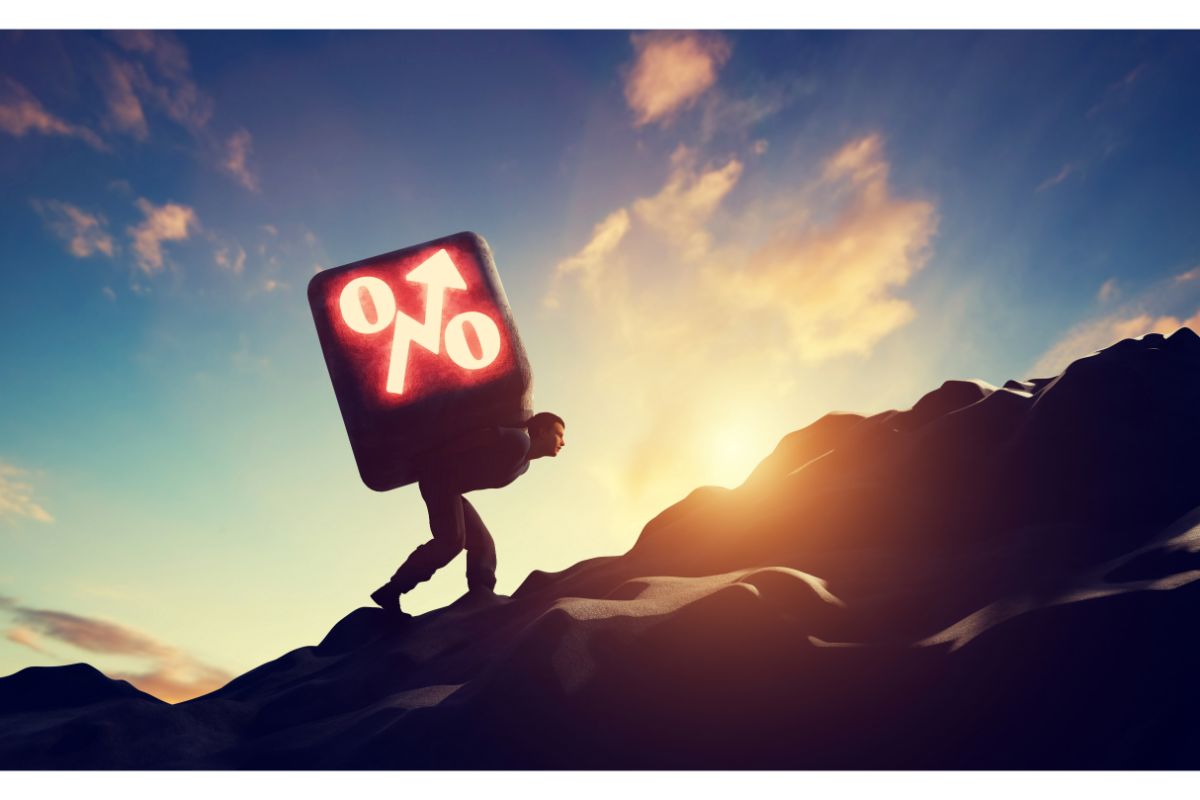The Reasons That Interest Rates Rise and Fall
Updated: Apr 21, 2025
In the United States, interest rates on loans, credit cards and investments are affected by short-term interest rate changes. According to “USA Today,” the Federal Open Market Committee (FOMC), a branch of the Federal Reserve, adjusts short-term interest rates through panel voting. Their decisions have a trickle-down impact on all interest rates, impacting the cost of borrowing money.

Borrowing Money Has a Cost
Just like a loaf of bread sold at a grocery store, a loan is a commodity with a cost. If something happened to the world’s wheat supply and the price of bread suddenly tripled, fewer people would buy bread because of its higher cost. When dealing with loans, the cost of borrowing is the interest rate. When interest rates go up, getting a loan gets more expensive, so fewer people choose to borrow money. The Federal Reserve manipulates short-term interest rates to moderate the effects of lending and consumer spending.
Controlling Inflation
If interest rates weren’t periodically adjusted, inflation would get out of control. Inflation is an increase in the price of goods. Low interest rates cause people to borrow and to spend more, driving up the cost of products as there are more people with money and a desire to purchase than there are goods available for sale. A low, steady level of inflation is desirable and signals economic growth. Inflation that’s too high, too low or generally unstable can have negative effects on the economy. For example, creditors don’t see a return on their loans when inflation soars higher than expected. If unusually high inflation causes the cost of goods to double over the course of a year but a creditor only charges a 20 percent interest rate on lent funds, then he lost money in real terms. The 100 percent jump in prices means that the creditor could buy less than he could at the beginning of the year because the 20 percent interest charged doesn’t cover the change in the price of goods. Lowering interest rates makes loans less expensive, causing people to borrow more, buy more and push up prices. Raising interest rates has the opposite effect. Stable inflation rates reduce risk for both borrowers and lenders, limit the cost to businesses of constantly repricing goods and help people living on fixed incomes to maintain a certain living standard.
Helping the Unemployed
During a recession, lowering interest rates helps to stimulate the economy. When interest rates are lower, more businesses and government agencies can afford the loans they need to take on new projects. These new projects produce jobs, putting more cash back into the pockets of consumers and lifting a sluggish economy out of a recession. Once more, people have the money to spend again, and the FMOC has to increase rates closer to pre-recession levels to avoid inflation.
Other Effects of Interest Rate
Hikes Long term, interest rate adjustments can affect the prices of stocks and other investments. The Federal Reserve notes that when interest rates are low, stocks have greater returns than bonds. Companies have more money to work with when interest rates are low, so stock buyers expect higher profits and bid up prices. However, prices can become overinflated if low interest rates make investors too optimistic. Interest rates also affect international currency markets. Rising interest rates in a country promise higher investment returns for buyers, so the relative value of the U.S. dollar tends to rise along with rates as investors purchase more U.S. currency. The value of the dollar can affect international import and export levels. Regulators have to watch the effects that rate policy is having on investments and trade to avoid a market crash or hardship for exporters.
How the Rate Is Decided and Applied Throughout the Economy
According to “USA Today,” the FOMC consists of seven Board of Governors members nominated by the president and confirmed by the Senate. The bank president of the Federal Reserve of New York also gets a vote on the panel. Four other positions rotate among the remaining 11 regional Federal Reserve Bank presidents. The major banks adjust their prime rates based on FOMC announcements. If the FOMC raises rates and the major banks leave their lending rates unchanged, the banks see less profit. The FOMC meets to adjust rates eight times a year, with jurisdiction to change rates more often during emergencies.

